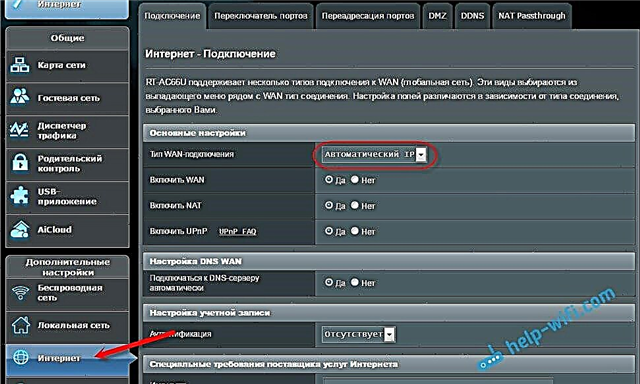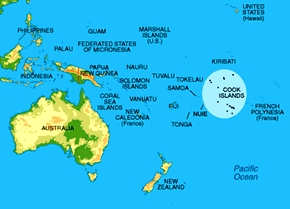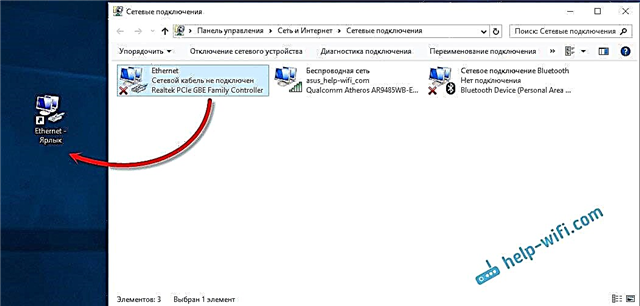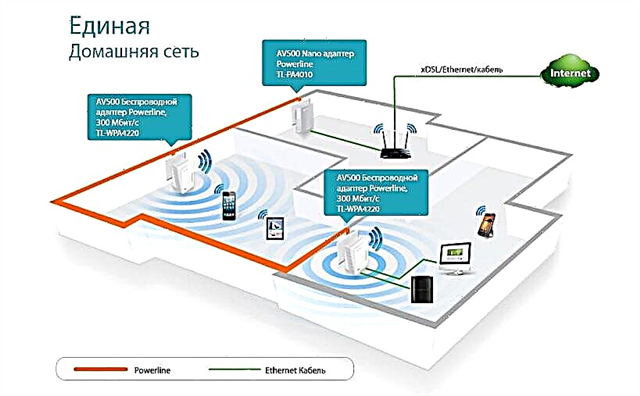In the near future I am going to write instructions for setting up a set of Powerline adapters (AV500 TL-WPA4220KIT) from TP-LINK, and decided to prepare a short article in which to tell what these Powerline adapters are, what they are, and how HomePlug AV technology works.
Most likely, you already know that the HomePlug AV standard makes it possible to transfer data over electrical wiring. With the help of special Powerline adapters, we can build a network in which different devices will exchange data. Just like Wi-Fi or network cable. Only for the transmission of information in the Powerline network, electrical wiring is used, which is in every apartment, house, or office. As a result, we get an Internet connection from an outlet throughout the house.
This technology was developed by the HomePlug Powerline Alliance. With the help of PLC technology (Power Line Communication / Carrier), data can be transmitted over the power grid over a distance of up to 300 meters. Which is quite enough even for a large house.
HomePlug AV Standards
There are two main standards. HomePlug AV and HomePlug AV2:
- HomePlug AV adapters can operate at different speeds. Can be: 200 Mbps (AV200), 500 Mbps (AV500) and 600 Mbps (AV600). The actual speed will of course be lower. Roughly 100, 240, and 280 Mbps. Be sure to consider this when choosing PowerLine adapters. It all depends on the purpose for which you will use the network. If it is watching videos, playing online games, etc., then it is better to choose the fastest adapters.
- StandardHomePlug AV2 - speed up to 1200 Mbit / s. In real conditions, this speed is certainly lower, about 600 Mbps. True, the new standard is very demanding on the quality of the wiring, and grounding is necessary. To achieve this speed, it must be copper, and of very good quality.
How does the PowerLine network work, and for what purposes is it suitable?
I will try to explain everything as simply as possible. As I wrote above, with the help of special PowerLine adapters, we can transmit data over the electrical wiring that is laid in our house.
I will use an example. We have the Internet connected, and we have a router, or a modem. We need to extend the Internet, for example, to some distant room, or to the second (third) floor. Where will we install another router, or connect the Internet to a computer, TV, IPTV set-top box, etc. This is a completely standard situation. You can do the following:
- First option: lay a regular network cable (twisted pair). This will give us a good and stable connection. But, in most cases, it is impossible to lay the cable, or it is not very convenient.
- Second option: you can set up a wireless connection between two routers, or use repeaters. But again, the wireless connection may not be very stable. And if everything works, then there will be a decent loss in speed. In addition, it may be necessary to install several repeaters if there is a long distance, or the signal will be difficult to break through.
- Third option: use these same PowerLine adapters, which this article is devoted to. Near the router, or modem, we plug one of the adapters into the socket and connect them with a network cable. Then, in the rooms we need, we connect other adapters to the mains, to which we can connect devices via a network cable, or another router. Where necessary, you can install adapters that I can distribute Wi-Fi. More precisely, to expand the Wi-Fi coverage area, over the power grid.
It should be noted that a modem or router must be installed and configured. Since PowerLine adapters do not know how to establish a connection with the provider. They are created solely to expand an existing network.
I thought to draw a diagram of the PowerLine network myself, but on the TP-LINK website I saw a very clear and beautiful diagram. I think the guys from TP-LINK will not mind if I add it to the article.

You can buy as many adapters as you need. Where Wi-Fi is needed, you can put HomePlug adapters with the ability to distribute a wireless network. And in those rooms where you want to connect devices via cable, we put ordinary adapters with an RJ-45 connector.
As you can see, everything is very simple. The setup is just as simple. Up to 64 adapters can be connected in one network. When choosing adapters, pay special attention to the number of RJ-45 ports, and the ability to distribute a Wi-Fi network. Also, within the same network, you can use HomePlug adapters from different manufacturers. But, I highly recommend using devices from the same manufacturer. At least because of the simplicity in configuration (pressing one button on all adapters).
Safety. In this regard, everything is fine. HomePlug AV standard supports 128-bit AES encryption.
Cons of HomePlug AV
In addition to all the pluses listed, there are of course minuses. Now we will consider them:
- Wiring. It must be of high quality. If the house has old wiring, poor quality cables, a lot of connections, this will affect the operation of the PowerLine network and the speed.
- Some electrical devices can interfere with the operation of such a network. But, as practice shows, this is not a significant disadvantage. Unless at the moment of starting some device, there may be interference. But you will hardly notice them.
- The adapters themselves can also interfere with electrical appliances. Basically, these are radio devices.
- Adapters do not work through surge protectors and stabilizers.
- HomePlug AV2 standard requires grounding wiring.
- All adapters must work in the same phase. To connect adapters on different phases (if you have two phases), you can use a switch, or phase-to-phase repeater. There are instructions on the Internet for setting up such schemes.
If you have good wiring, and you know how it works, then there will be no problems with choosing PowerLine adapters and setting up a network.
Conclusions:
If you need to expand the Wi-Fi network by one or two rooms, and there are no problems with the congestion of the wireless channel, then it makes sense to buy a regular repeater. If it is possible to lay a network cable, then this is the best option in terms of network speed and stability. There will be no interference or other factors that may affect the network performance.
Well, Powerline networks are also noteworthy, although they are not very popular. We are always afraid of something new. Too lazy to understand new solutions. I think because of this, many people prefer to use a regular cable, or Wi-Fi, to expand the network, rather than electrical wiring. And for many, it looks somehow strange. How is it, the Internet from the outlet 🙂
And HomePlug AV technology is quite working, and already advanced enough to be used in your home. Moreover, the price for such devices is not very high.











